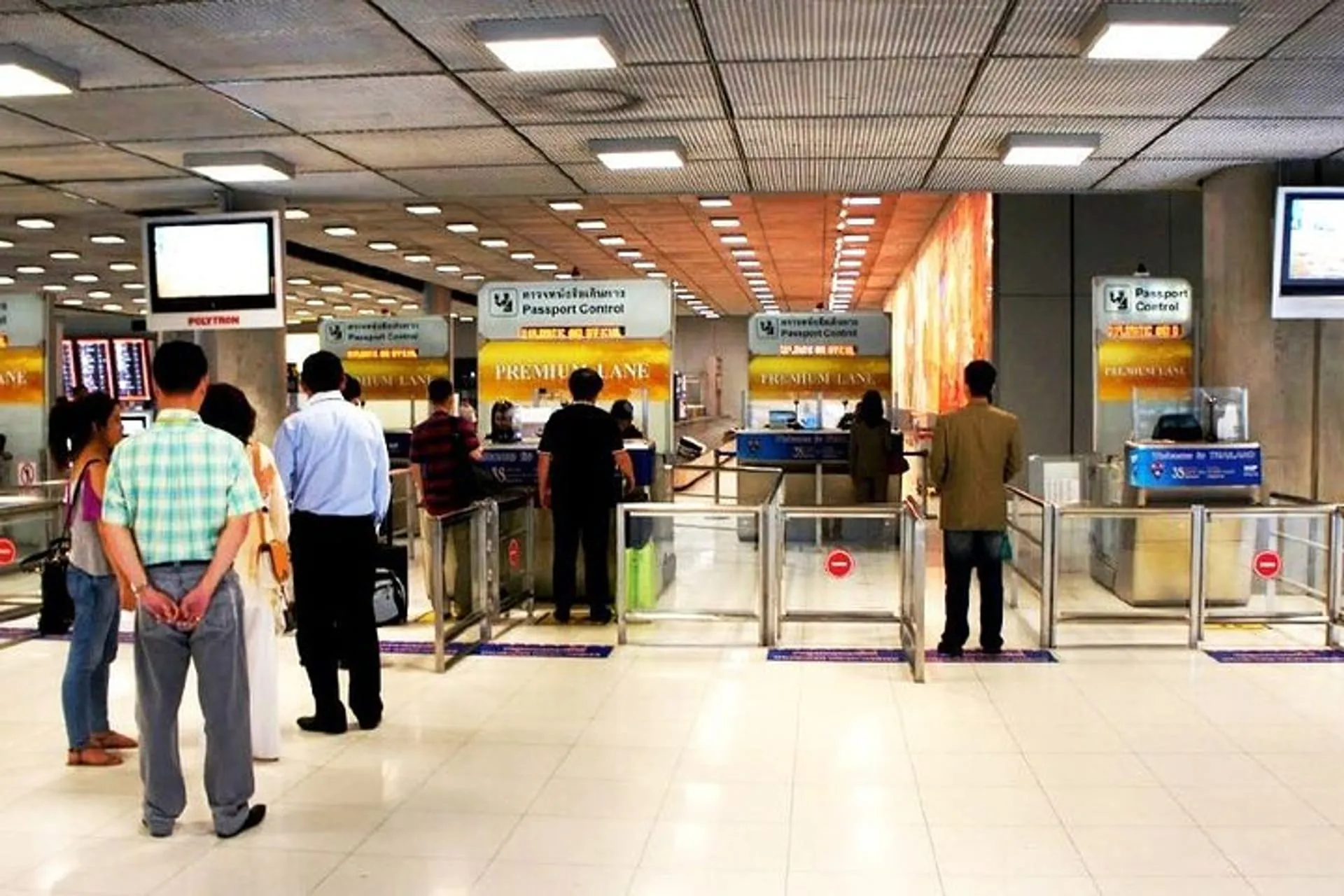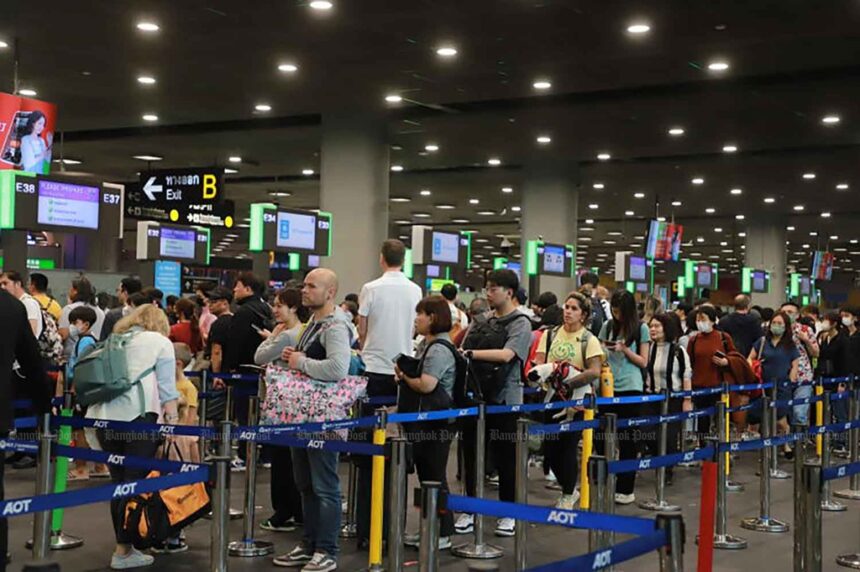Thailand’s Department of Airports anticipates increased passenger traffic during the 2025 Chinese New Year and Songkran Festival 2025. According to officials, the number of visitors to tier-two cities is expected to increase by at least 14.3% from the previous year.
According to Deputy Transport Minister Manaporn Charoensri, the ministry has directed the Department of Aviation (DoA) to conduct a safety inspection and service assessment of all airports under its jurisdiction to guarantee uninterrupted services during the Lunar New Year holiday on January 29.
She disclosed that numerous airports in secondary cities, including Lampang, Udon Thani, Khon Kaen, Sakhon Nakorn, and Surat Thani, are conducting extensive commemorations of the occasion. According to Ms Manaporn, these can enhance tourism in neighbouring provinces.
Thai LionAir has requested an increase in its charter flights for the Taipei-Surat Thani-Don Mueang route on January 29 and the Don Mueang-Surat Thani-Taipei route on February 2 in anticipation of increased demand.
Ms. Manaporn stated that Surat Thani would receive more passengers during this period, necessitating a Boeing B738 with 189 seats for those additional routes.
According to her, the DoA intends to expedite the checking-in process, the receipt of boarding passes, and the checking-in of luggage by increasing the use of the Common Use Passenger Processing System (CUPPS) at its airports as soon as possible. CUPPS is currently operational at the following airports: Surat Thani, Ubon Ratchathani, Khon Kaen, Nakhon Si Thammarat, and Phitsanulok.
Ms. Manaporn stated that the system will assist airlines and airports in reducing resource usage and management costs.
Additionally, the Department of Aviation (DoA) offers the Thai Flight Info application, which offers information regarding DoA airports and services, including flight status, schedules, and more.
According to Ms Manaporn, the organization was also anticipated to collaborate with the ministry to facilitate the efficient and seamless transportation of tourists following Minister Suriya Jungrungreangkit’s directive. Additionally, it was mandated to adhere to the safety standards of the Civil Aviation Authority of Thailand (CAAT).
According to DoA director-general Danai Raungsorn, from January 27 to 31, 1,380 flights will land at 26 airports under DoA surveillance, representing a 4.62% increase from the previous year. Their anticipated passenger volume is 221,005, representing a 14.32% increase from the previous year.
Mr. Danai stated that the Department of Aviation (DoA) has committed to implementing service assistance and safety inspections by the International Civil Aviation Organization (ICAO) standards and international aviation safety measures.

Airfare Price Controls Before Songkran
In anticipation of the Songkran festival in April, the Transport Ministry has directed the Civil Aviation Authority of Thailand (CAAT) to resolve the issue of exorbitant airfares during extended weekends and holidays.
On Tuesday, Minister Suriya Jungrungreangkit directed the CAAT to establish long-term price control measures prioritising passenger benefits and maintaining airfares at a reasonable ceiling.
The CAAT responded by announcing that it would implement measures to manage the anticipated increase in visitor traffic during Songkran, during which air traffic into and out of the country is anticipated to increase.
According to the statement, individuals should purchase tickets in advance to prevent paying inflated prices as the festival approaches.
Mr Suriya implemented an equivalent air ticket price control order shortly before the New Year holidays. He stated that additional flight seats were being allocated during the peak travel season to reduce prices. He further stated that the order would stimulate tourism growth and decrease prices.
The ministry has stated that from December 26 to January 5, an additional 70,000 seats were available for purchase, decreasing ticket prices.
According to the ministry, customers paid an average of approximately 2,415 baht for a one-way ticket from Bangkok to Chiang Mai, which is lower than the average price of 2,729 baht for the same route the previous year.
Similarly, Mr. Suriya reported that the average cost of flights from Bangkok to Phuket had decreased to 2,787 baht from 2,895 baht a year prior.
The ministry reported a 6.5% increase in domestic flights over the New Year holiday period, which resulted in a more than 10% increase in passengers on domestic flights.
Mr Suriya said that the country’s tourism industry is recovering, as domestic air travel has increased compared to the previous year. He also attributed the increase in domestic travellers to tourism promotion initiatives.














